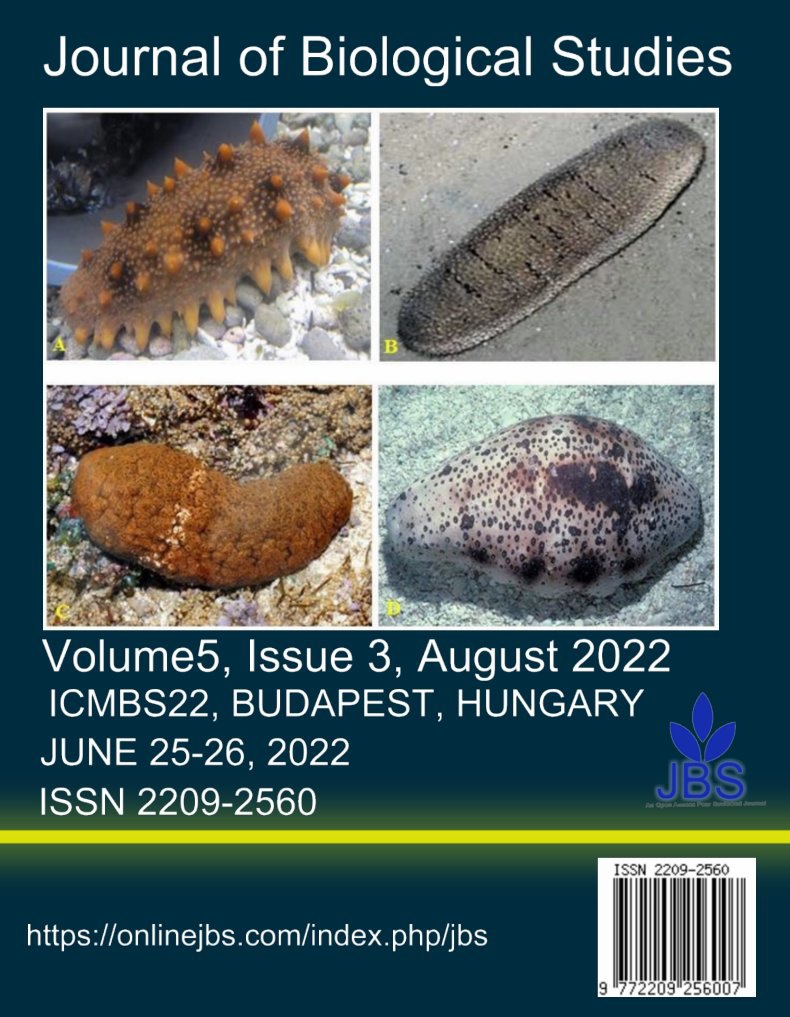Modeling of 1D sediment transport in the langat river using quasi-unsteady HEC-RAS
Main Article Content
Abstract
The primary goal of this research was to investigate the sediment transport characteristics of the Langat River. The Langat River is situated in the state of Selangor, Malaysia, and is prone to flooding on a regular basis. The River Analysis System tool from the Hydraulic Engineering Center (HEC-RAS) was used to determine the sediment transport capacity of the river. The sediment transport and hydraulic models were created using elevation and cross-sectional data in HEC-RAS. The sediment transport model employed several approaches to calculate sediment transport capacity. HEC-RAS contains some useful built-in functions which were used in this study to visualize the sediment transport, calibration and calculation of Manning’s roughness coefficients, and forecast changes in bed elevation. The investigation reveals that urban development has resulted in a large rise in riverbed depth, implying that is no difference in flooding pattern in the short period of time. This paper focuses only on bed load sediment. The results of three years of stream flow show that some areas have experienced silt transport and river deposition. The river had changed slightly after utilizing the Laursen-Copeland method in HEC-RAS. The simulation outcome shows the segment that experienced sediment transport at River Stations RS 12926 from Lui, RS 9362 from Langat upper reach, and RS 3730 from Langat Lower Reach are experiencing sediment deposition activities.
Article Details

This work is licensed under a Creative Commons Attribution 4.0 International License.
